Betta fish are known for being one of the easiest fish to care for, but this comes with a major caveat: they require specific water parameters to thrive. If you’re anything like me or the scores of aquarists out there, you want your fish to be happy and healthy! And what does this mean? It means understanding the basics of betta fish water and how to create the ideal environment for your betta fish.
This article takes a close look at everything to do with betta fish water. We’ll talk about the best types of water to use, ideal water parameters, and other water-related tips. By the end of the article, you’ll have a better understanding of what your fish needs from its environment and how to provide it. Trust us – it’s not as difficult as it may seem, and your bettas will thank you for it!
Common Water Types for Betta Tanks
Many people focus exclusively on the water parameters when setting up a new betta tank. Don’t get me wrong – water parameters are important and we’ll discuss them in more detail below. But, the kinds of water you opt to use in your betta tank lays the foundation for the rest of the tank setup. Using the wrong type of water can cause problems down the line, so it’s important to get it right the first time.
Here are the most common water types used for betta tanks, and our views on each:
Municipal Tap Water
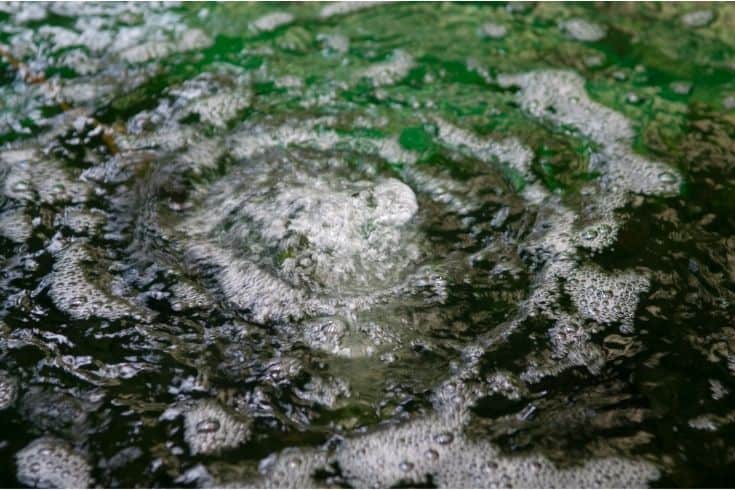
Let’s first dive (pun completely intended) into the most common type of water used in betta tanks – tap water. This includes any type of domestic water supply that comes from a municipal source, and it’s easy to see why they are the most popular choice – the convenience of water on demand is hard to beat. However, not many people realize that there are risks associated with untreated tap water.
This may come as a surprise. Isn’t tap water safe for human consumption? Unfortunately, municipal tap water may contain a wide range of harmful chemicals that are perfectly safe for humans, but not necessarily for betta fish. The mineral content of tap water also fluctuates depending on its source, which further increases the unpredictability involved with using it as a tank water source.
Thanks to the power of innovation and modern technology, there are ways to make tap water safe for bettas. Most pet stores and online retailers sell aquarium-safe water conditioners that will dechlorinate your water and neutralize any harmful substances. However, you should combine water conditioners with an aquarium water testing kit to make sure that the water is truly safe before you use it on your fish.
Distilled Water
A solid alternative to tap water is distilled water. This is a type of purified water that has had most of its impurities removed through the process of distillation. In essence, it’s water that has been boiled, with its vapor then condensed back into liquid form. This vapor is considered “clean” as it has been separated from the majority of impurities in the water. Any minerals, metals, and/or debris have been left behind.
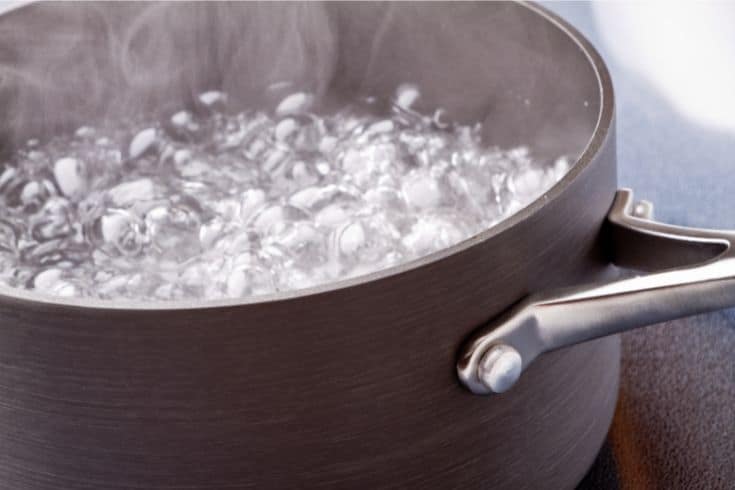
Although distillation may result in clean water, you will need to remineralize the water before using it in a betta tank. In their natural habitats, bettas live in water that contains essential minerals. To ensure that your betta has these essential nutrients, you will need to replenish them with specialized aquarium salts. Otherwise, you could end up with fish that are dull, stressed out, inactive, and generally unhealthy.
Frankly speaking, I find the cost and inconvenience of using distilled water for betta tanks difficult to justify. While it may be the best option for some people, it’s not one that I would recommend if you have other alternatives. Not only will you have to purchase distilled water and remineralizer it, but you’ll also have to keep track of water changes. This entire process is expensive, time-consuming, and tricky.
Bottled Aquarium Water
We’re going to preface this by saying that this is probably one of the most expensive types of fish tank water you can opt for. However, this is the best (and possibly only) way to go if you’re looking for specialized betta fish water. These bottles are filled with clean, quality water specifically formulated to meet the needs of bettas – from pH to hardness and mineral levels.
An obvious advantage to using betta-specific water is the fact that it’s incredibly convenient. All you need to do is pour these bottles of water into your tank during your water changes, and you are good to go. You won’t need to contend with water conditioners or go through the hassle of remineralizing water. This is a plug-and-go solution perfect for people who want convenience and peace of mind.
Unfortunately, bottled aquarium water is also very expensive. A bottle of approximately 30 ounces retails for about $10 online. Considering that bettas need at least 5 gallons of water and 20% water changes on a weekly basis, you’re looking at an upfront cost of $210 and between $40-$50 for your weekly water changes. So, unless you’re in a pinch, we do not recommend this as a long-term water source for bettas.
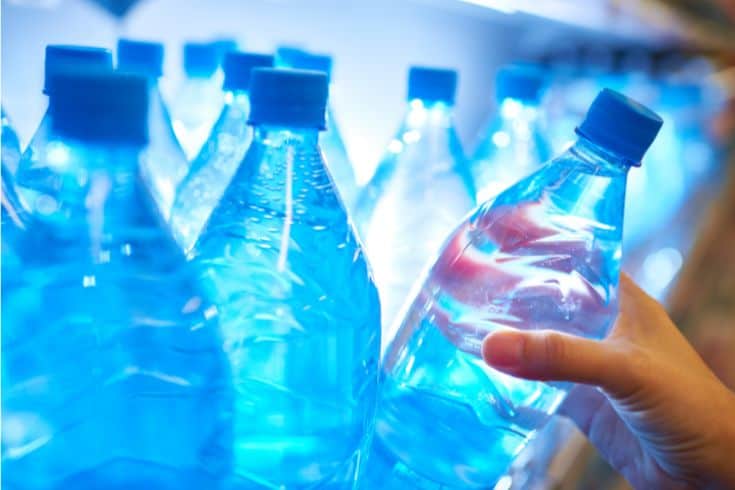
So, what type of water should you use? Well, in my opinion, tap water that’s been treated with a water conditioner works best for the vast majority of betta enthusiasts. Though you’ll need to use a water conditioner, they are widely available, easy to use, and relatively inexpensive. However, if you need perfectly formulated water in a pinch, bottled tank water can be a good, albeit costly alternative.
Ideal Water Parameters for Bettas
Cool! Thanks to our handy dandy guide to betta water types, you should now have a better idea of which works best for your budget and lifestyle. We can now move on to the heart of the matter: water parameters. This section covers everything from temperature to ammonia levels. Anything your betta needs to thrive, we’ll discuss here!
Temperature
Have you ever wondered why bettas are known as Siamese Fighting Fish? Well, as one would guess, bettas hail from the tropical waters of Siam – or Thailand, as it is known today. This is a country that enjoys warm, sunny weather all year round due to its proximity to the equator, which is also why bettas prefer warm water. The ideal betta water temperature hovers between 76-82 degrees Fahrenheit.
Although cold water isn’t immediately fatal to bettas, it can weaken their immune systems significantly and make them prone to disease. Illnesses such as fin rot, ich, and swim bladder disease are common in bettas that are kept in water temperatures that are too cold. Therefore, you should use a tank heater and a thermometer to ensure that your betta’s water temperature remains in the optimal range.
At this juncture, budget-conscious aquarists may wonder if a tank heater is truly necessary. After all, most homes are heated in the winter, and reasonably warm in the summer! While this may be true, a heater does more than just bring the water to an acceptable temperature; it also maintains it at a consistent level. This is especially important for bettas, as fluctuations in temperature can cause a lot of stress.
pH
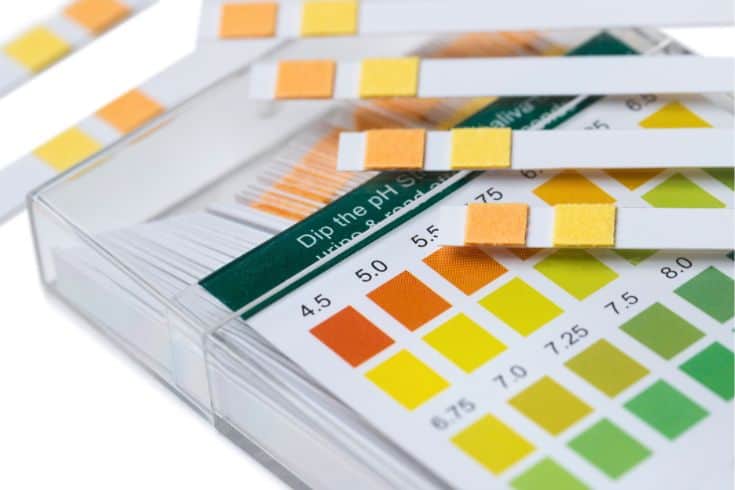
Think of pH as the measure of how acidic or alkaline your betta’s home is. And for these feisty little guys, the ideal pH level should be around 7.0, which is considered to be neutral. However, maintaining perfectly neutral waters isn’t always possible, which is where the betta’s adaptable nature comes into play. Bettas will tolerate water with a pH between 6.5 to 8.0, which gives you some room for mild fluctuations.
Although bettas can tolerate a wide range of pH levels, it’s still important to monitor the levels in your tank to ensure they don’t fluctuate too dramatically or too rapidly. Like most fish, bettas do not do well with sudden, abrupt changes to their environment. Furthermore, if your pH levels stay outside the ideal range for an extended period of time, it can make your fish more susceptible to illnesses.
If your water is too acidic, you can use pH buffers to raise the pH level to your desired range. Baking soda is also used, though you will want to be very careful as too much can be toxic to your fish. On the other hand, if your water is too alkaline, you can turn to substances that leach tannic acids, such as peat moss. Again, you’ll want to monitor the pH levels as you go along, making sure that everything is within range.
Ammonia and Nitrite Levels
We’ve grouped ammonia and nitrite levels together as they both measure the toxicity of your betta habitat. High ammonia and nitrite levels are typically associated with poor water quality, which is in turn, often the result of an ill-maintained or unfiltered tank. Another possible cause is keeping your bettas in tanks that are too small, thus making it easier for these chemicals to accumulate.
The ideal ammonia and nitrite levels for a healthy betta tank should be 0 ppm (parts per million). If either of these levels exceeds 0.5 ppm, you should take immediate steps to reduce them. Make sure to routinely check the levels of these chemicals. Using water test strips will also help you determine if you need to change your tank water more frequently, increase your betta tank size, or invest in a better filter.
Generally speaking; however, I find that doing 20-35% partial water changes every week or two is enough to keep the ammonia and nitrite levels low. Because my betta is housed in a large tank, this routine is more than enough to keep the water quality high. However, if you have opted to keep your betta in something smaller, or are using a weak filter, you may need to change the water more frequently.
Hardness
If you’ve ever heard of the terms “soft” or “hard” water and found it downright impossible to make sense of it all, you’re not alone. Water hardness is simply a measure of the minerals, primarily calcium and magnesium, found in water. Hard water contains more minerals than soft water, and vice versa. For betta fish, it is always best to use softer water as they do not need the extra minerals that hard water provides.
As part of ideal betta fish water conditions, the hardness should be between 5-20 DH. Anything above this range can cause issues for fish, such as stunted growth, clogged gills, and reduced lifespan. If you live in an area with hard water, you may need to add distilled water to your tank to dilute the mineral concentration. You can also use a water softener, as long as you follow the directions carefully.
Once again, betta fish can be very sensitive to water changes, so if you do adjust the hardness of the water, it is best to do so gradually and monitor your fish closely to ensure that they are adjusting well. Even though these fish can live in a variety of water conditions, it is always best to provide them with the most ideal conditions possible. This ensures that they lead long, healthy lives.
Water Flow Rate
Last but not least, we need to consider the flow rate of the water. The truth is, most domesticated bettas just aren’t very good swimmers. Think about the long, elaborate fins you love so much. While the fins look absolutely stunning, they also create a lot of drag in the water, which can make swimming difficult. For this reason, it’s important to make sure you don’t overwhelm your bettas with strong currents.
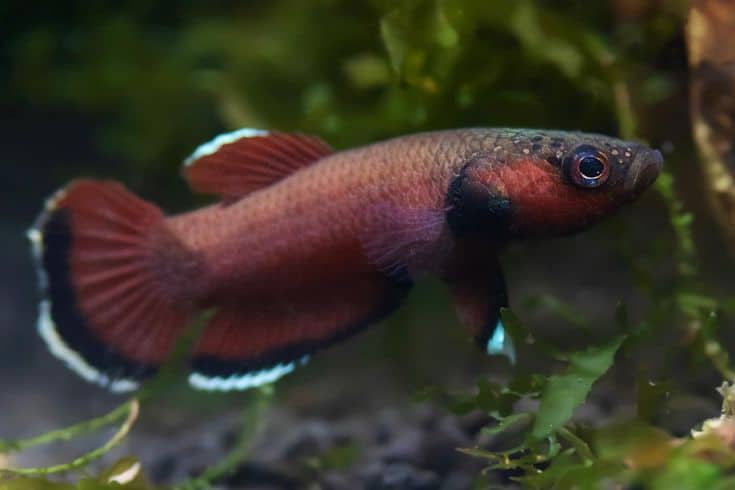
The main culprit is often the filter. If the filter is too powerful, it may create a current that your betta simply can’t handle. As a general rule, a filter should be able to turn the tank’s water over at least 3-4 times an hour. Using a filter with an adjustable flow rate is also a good idea, so you can turn it down if it’s too powerful. You can also add a few floating plants to help break up the flow of water if needed.
Another possible issue is waterfalls or other water flow decorations. These can be great additions, but again, too much current can be a problem. As a general rule, the flow should be gentle enough that you can put your finger in the path of the current and it doesn’t move. You want to make it possible for your betta to swim against the current if they choose to, but not to the point where they have to struggle.
Final Thoughts
Bettas are remarkably resilient little guys, but even the strongest, toughest fish need ideal water conditions to thrive. From using the right type of water to making sure that your tank pH is just right, it can feel like a balancing act. However, with a bit of knowledge and the right supplies, you can make sure that your betta has everything it needs to stay happy and healthy.
We hope this article has given you a better understanding of maintaining your betta’s water conditions. If you found it helpful, please share it with your fish-loving friends! We care deeply about keeping your fish in tip-top shape, and empowering you with the knowledge you need to make it happen. Thanks again for reading, and please feel free to share your thoughts and comments below!
